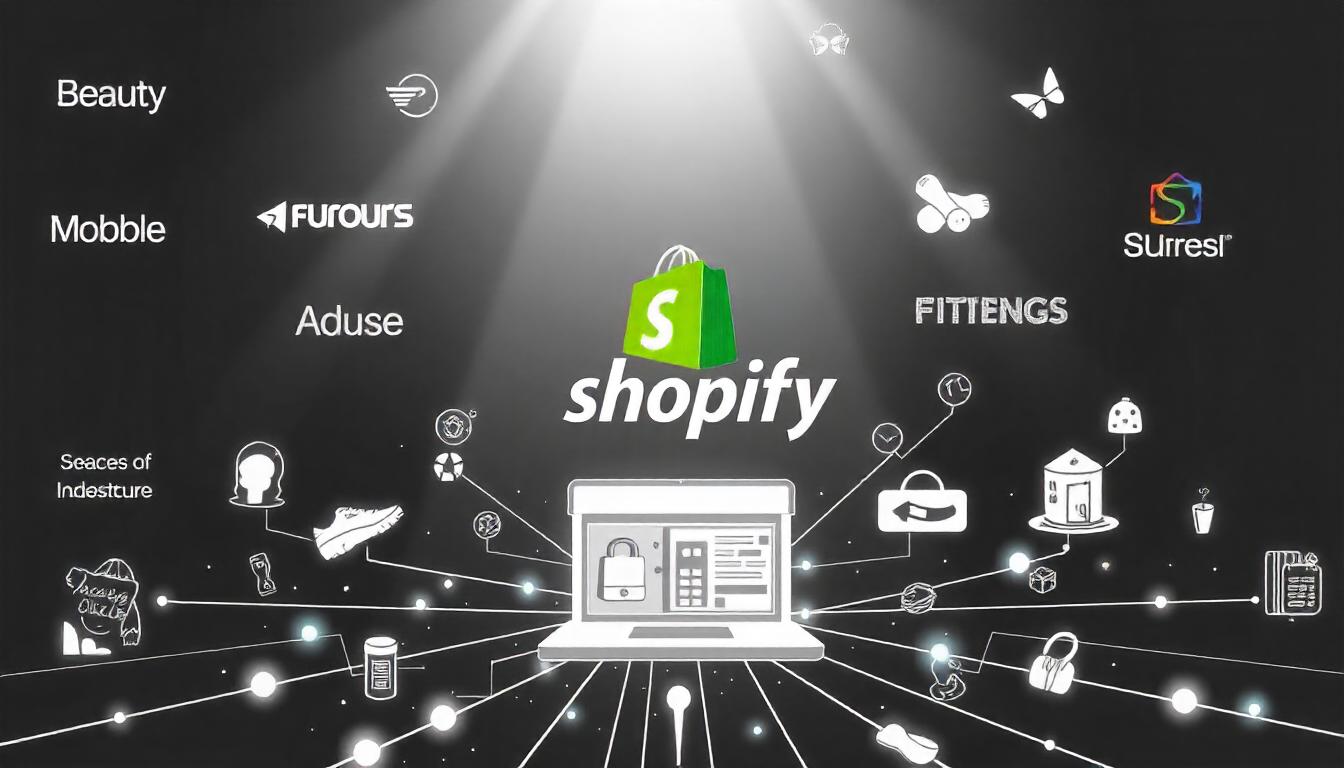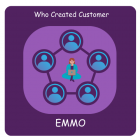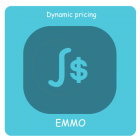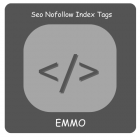Innovative Brands Leveraging Headless Architecture on Shopify

Innovative Brands Leveraging Headless Architecture on Shopify
Headless architecture is changing the way brands approach e-commerce. It decouples the front-end from the back-end, giving businesses more flexibility and faster performance. This setup is particularly advantageous for inventory tracking and enhancing user experiences on platforms like Shopify. Here are some notable examples of brands successfully using headless architecture.
Table Of Content
- Understanding Headless Architecture in eCommerce
- Headless Commerce: A Smart Choice for Shopify Merchants
- Understanding Inventory Levels for Your Shopify Store
- Shopify’s Inventory Management System: How It Works
- Effective Strategies for Organizing Your Inventory on Shopify
- Top Inventory Management Programs for Shopify
- Maximizing Monthly Revenue for Your Shopify Store
- Optimize Brand Mentions for SEO: Converting Mentions to Backlinks
- Table of Contents: Boosting SEO with Linked Sections
- Securing Featured Snippet Positions for Higher Visibility
- Improve Your Content with Essential On-Page SEO Techniques
Understanding Headless Architecture in eCommerce
Headless architecture is a game-changer for online businesses, especially on platforms like Shopify. This term refers to a system where the frontend and backend of an eCommerce site are decoupled. In simpler terms, it separates the online storefront from the backend operations.
With headless commerce, store owners gain greater control over the frontend, also known as the "presentation layer." This separation allows for more flexibility in customizing the shopping experience. By using APIs, the frontend communicates with the backend seamlessly, making it easier to manage inventory tracking and other vital operations.
To better understand headless architecture, let’s look at its advantages:
| Advantages of Headless Architecture | Description |
|---|---|
| Increased Flexibility | Customize the user interface without backend constraints. |
| Improved Performance | Faster loading times due to optimized frontend delivery. |
| Scalability | Easily expand your site’s capabilities as your business grows. |
| Enhanced User Experience | Tailor the shopping journey to meet customer needs. |
This approach has gained popularity among various brands, allowing them to innovate and adapt quickly. If you're looking to elevate your Shopify store, exploring headless architecture can offer a fresh perspective. It’s important to acknowledge that earlier discussions may have overlooked these key points.
Headless Commerce: A Smart Choice for Shopify Merchants
Headless architecture is revolutionizing the way businesses use Shopify, especially for those seeking advanced inventory tracking and customizable eCommerce solutions. By separating the backend from the frontend, merchants can leverage all the robust features Shopify offers while customizing the customer-facing part of their store without limitations. This flexibility enhances user experiences and allows for tailored storefronts that align with brand identities.
Shopify supports this headless approach through its tools, Hydrogen and Oxygen. These tools enable developers to create unique storefronts using a React-based framework. With headless architecture, merchants gain greater control over front-end performance while maintaining Shopify's powerful backend capabilities. This approach is a game-changer, providing businesses the freedom to innovate and adapt quickly.
Let's look at some brands successfully using headless architecture on Shopify.
| Brand | Description |
|---|---|
| Shogun | Known for helping merchants create fast, visually appealing custom storefronts, Shogun collaborates with content management systems like Contentful to enhance content management without sacrificing performance. This separation allows merchants flexibility in product sales and storefront management. |
| Victoria Beckham Beauty | A high-end cosmetics brand, Victoria Beckham Beauty utilizes Shopify's headless architecture for a more personalized online presence. They rely on Contentful for frontend design while managing inventory through Shopify's APIs. This combination boosts mobile performance and improves conversion rates. |
| Chilly's | Chilly's adopted headless architecture early on, allowing them to design a unique homepage and create a product personalization page that marries design with functionality. This strategic choice sets their website apart from typical templates. |
| Staples | As a major retailer of office supplies, Staples benefits from headless design to efficiently manage its extensive product catalog. This architecture allows for optimizing different systems on their site, enabling seamless customer account management and easy reordering processes. |
| Verishop | As a multi-brand retailer, Verishop’s headless architecture supports a customized URL structure. This setup enhances SEO by providing tailored shopping experiences across different brands, while the site maintains impressive performance despite a wide array of products. |
| FIGS | FIGS, a retailer of healthcare apparel, employs a headless approach to enhance customization. They use Shopify Plus for backend management, while frontend handling is done via Unbounce and Next.js, streamlining the online shopping experience by linking custom landing pages directly to Shopify product pages. |
| Bols | The upscale organic body care and loungewear brand Bamford switched to Shopify Plus and Contentful for a headless design that reflects the ambiance of their shops and spas. This transition not only improved website load times and backend performance but also granted them creative freedom to develop a visually appealing online presence. |
| Bamford | The historic liquor brand Bols transitioned to headless architecture to support direct-to-consumer sales. This shift improved page load times by 50% and gave them full control over their storefront, enhancing the content-rich experience for customers. |
| Peloton | Peloton’s headless strategy aligns its fitness technology and community. This architecture facilitates ongoing updates across their digital platforms, ensuring customers receive timely improvements and enhancements in their workout experiences. |
| Kotn | Canadian clothing brand Kotn transformed its eCommerce site into a fully headless solution powered by Shopify Plus. This change allows them to manage their operations flexibly and offers customers a fast-loading site that adapts quickly to seasonal demands. |
Headless architecture on Shopify is not just a trend; it’s a strategic choice for brands aiming for greater control and flexibility. By adopting this approach, businesses can significantly enhance their customer experiences and improve performance metrics, leading to better sales outcomes.
Tip
To enhance your eCommerce store’s performance with Magento, focus on optimizing site speed by utilizing Emmo themes and extensions. These tools are designed for efficiency, ensuring your website loads quickly and provides a smooth user experience. Start leveraging Emmo's powerful solutions today to boost customer satisfaction and drive sales!
FAQs
What Is Headless Architecture, and How Does It Benefit Shopify Merchants?
Headless architecture separates the front end and back end of a Shopify store, allowing for greater customization and flexibility. This structure lets merchants create unique storefronts and personalized experiences without backend limitations, improving both performance and scalability.
How Do Brands Use Headless Architecture on Shopify to Enhance Customer Experiences?
Brands use headless architecture to create custom, fast-loading storefronts that align with their brand identity. For example, Shogun and Contentful offer content management tools that allow brands to enhance the shopping experience without compromising performance.
Why Do Brands Like Victoria Beckham Beauty Choose Shopify Headless?
High-end brands like Victoria Beckham Beauty use Shopify’s headless approach to gain control over visual design and customer interaction. This setup allows them to manage inventory seamlessly through Shopify APIs while offering an exclusive, app-like browsing experience.
What Are Some Key Tools Shopify Offers for Headless Architecture?
Shopify supports headless commerce through Hydrogen and Oxygen, a React-based framework for developing custom storefronts. These tools give brands the flexibility to design personalized, high-performing eCommerce sites that meet unique business needs.
Can Smaller Brands Also Benefit from Shopify Headless Architecture?
Yes, Shopify headless isn’t limited to large brands. Any business can benefit from the ability to customize the frontend while maintaining Shopify’s robust backend for inventory tracking and order management. It’s a great choice for brands looking to stand out online.
What Are the Challenges of Moving to a Headless Architecture on Shopify?
Headless architecture requires more technical knowledge and setup, including development of custom frontends. Additionally, it can be more costly initially, but the increased flexibility and potential for a tailored customer experience often make it worthwhile.
Which Shopify Brands Have Successfully Used Headless Architecture?
Several brands, like Staples, FIGS, and Verishop, have leveraged headless architecture to enhance site performance and user experience. Each of these brands has optimized their storefront to meet customer needs, supporting faster load times and customized interactions.
Where Can I Learn More About Shopify Headless Architecture?
Explore resources like the Shopify Enterprise Headless Commerce Guide and Shopify Developer Documentation for detailed insights and tutorials on implementing headless architecture.









